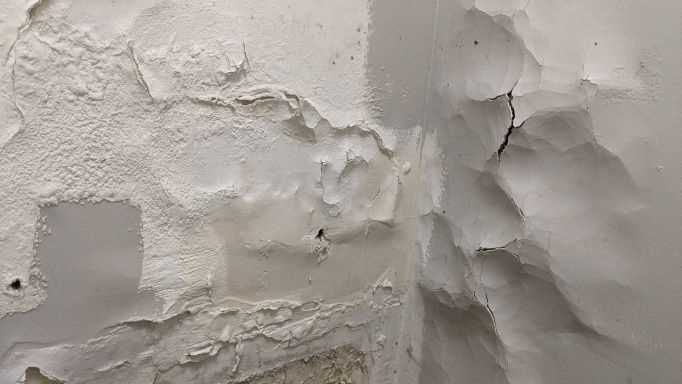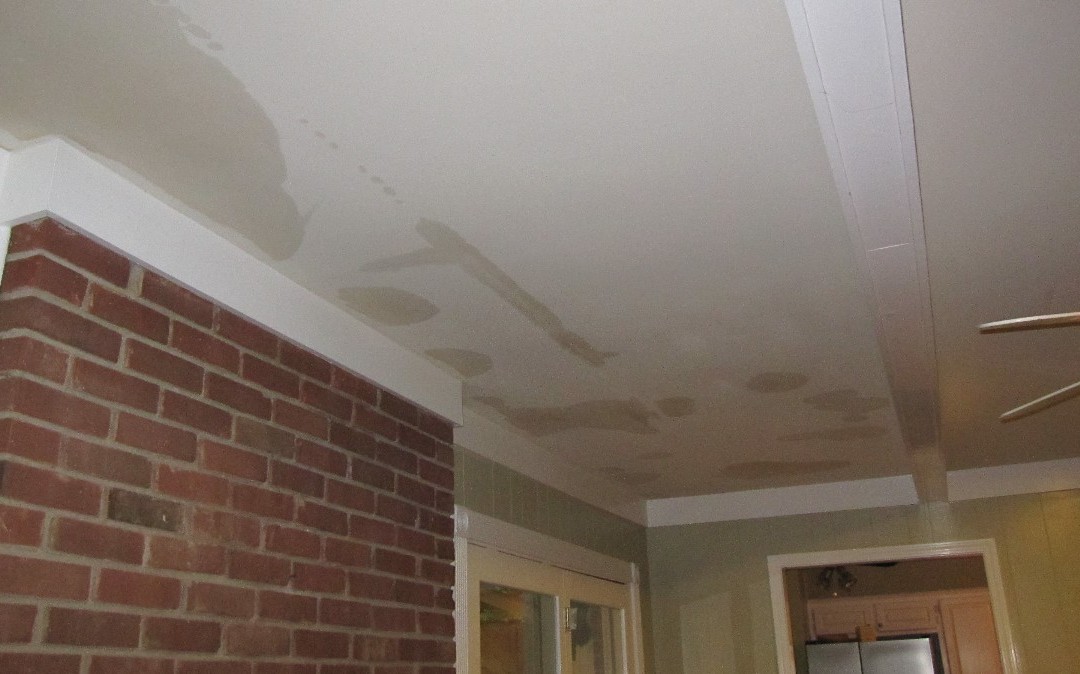Clearing Water Marks - Comprehensive Wall Stain Checks And Repairs
Clearing Water Marks - Comprehensive Wall Stain Checks And Repairs
Blog Article
Nearly everybody is bound to have their own individual theory involving Water Stains on Walls.

Water spots on walls are not pleasurable to the eyes. Occasionally it appears almost inescapable to experience water stains on wall surfaces in residences.
House owners staying in damp areas continuously manage the worry of water discolorations on walls. Yet that doesn't need to hold true for you. With accurate as well as well-shaped info on the sources of water spots and also punctual repair work procedures, you will always be an action ahead of such occurrences. This article guarantees to be a handy guide for you.
3 Common Reasons For Water Spots on Wall Surfaces
Contrary to popular belief, water stains on walls do not always come from bad building products. There are numerous root causes of water discolorations on wall surfaces. These include:
Poor Drainage
When making a building plan, it is essential to make sure sufficient drain. This will certainly stop water from leaking into the walls. Where the drain system is blocked or nonexistent, below ground wetness develops. This web links to too much moisture that you see on the wall surfaces of your structure.
So, the leading source of damp wall surfaces, in this instance, can be an inadequate drain system. It can also be due to poor monitoring of sewer pipelines that go through the structure.
Damp
When warm damp air meets completely dry cold air, it causes water beads to form on the walls of structures. This happens in bathrooms and also kitchen areas when there is steam from food preparation or showers. The water beads can stain the bordering walls in these parts of your house and infect other locations.
Wet or condensation affects the roofing and wall surfaces of buildings. When the wall surface is wet, it produces an ideal atmosphere for the development of fungi and also microorganisms.
Pipeline Leaks
Many residences have a network of water pipes within the walls. This makes certain that the pipes are faraway from the reach of destructive rodents. It constantly raises the viability of such pipes, as there is little oxygen within the wall surfaces. This inhibits rust.
A disadvantage to this is that water leak affects the walls of the building as well as triggers extensive damages. An indicator of damaged pipes is the appearance of a water stain on the wall.
Water Spots on Wall: Repair Service Tips
When dealing with water stains, homeowners would generally want a quick fix. Yet, they would soon realize this is counterproductive as the water stains repeat. So, here are a couple of handy tips that will certainly lead you in the fixing of water discolorations on wall surfaces:
Pro Suggestion
A houseplant in your house additionally enhances its humidity. If the home is already moist, you may want to present houseplants with very little transpiration. An example of ideal houseplants is succulents.
Final thought
No one wants to have water discolorations on walls in their home, it can occur to the best of us. This write-up provides you leverage, as you currently know just how to handle this problem if it does happen.
It is constantly best to recruit expert services to aid repair the damages in your house.
In some cases it seems nearly unavoidable to experience water stains on wall surfaces in houses.
In contrast to prominent belief, water discolorations on walls do not constantly stem from bad building products. There are several reasons of water spots on wall surfaces. The water droplets can stain the surrounding wall surfaces in these parts of your house and also spread to other locations.
Here are a couple of handy suggestions that will certainly guide you in the repair service of water spots on walls:
CHECKING FOR WATER DAMAGE
Water damage can be costly, and it may begin before you even notice the first signs of trouble. Water damage can cause mold and mildew in your walls and floors, which can create an abundance of health concerns for your family. It can also lead to costly repairs of various appliances and general home fixtures. To avoid the pricey consequences of water damage, here are Warner Service’s top 5 places you should check:
The walls – The easiest place to spot the beginnings of water damage is on the walls and ceilings of your home. If water damage is present, there will most likely be water stains, especially around the windows and doorframes, and/or cracks in the drywall. If a stain looks unusual (discolored to brown, black or gray, raised texture), has a swollen appearance or is soft to the touch, contact a professional immediately. The pipes – To avoid water damage, consistently check the pipes in your kitchen (especially the dishwasher and ice maker), bathrooms, laundry room (specifically washing machines) and basement for corrosion, leaks and water stains. Pay special attention to where the pipes connect in your home and the location of caulking around the bathroom fixtures, including toilets, sinks, showers and tubs. Missing or loose caulking and grout could be signs of leaking water. This seepage can also quickly cause mold and rust, so double check your water heater and tank for wet spots on the floor. The floor – Water damage is very easy to spot on the floor. Look for any warping or buckling of the material, especially in the basement. If your home has wood flooring, look for bright white or dark stains. If your home has carpeting, keep it dry and clean. A damp carpet that smells of mold could cause water damage and health problems. To avoid this, consider installing floor pans under your appliances to help prevent damages from small, slow and undetected leaks. The basement and attic – If your basement or attic smells odd check for mold and mildew around the area, especially the valley where the roof meets. While you are inspecting those areas, check for wall cracks, floor stains, rust and dampness in the insulation. If you live in a colder and/or rainier climate, perform routine checks for water damage from melting snow or ice and rain. The exterior – Check the roof for damaged flashing and missing, cracked or curled shingles. There should also be no standing water anywhere outside your home. This could be caused by puddles, leaky rain gutters or hoses, poor drainage, or short gutter spouts. Invest in a sump pump system or water flow monitoring system, and perform routine maintenance on these outdoor appliances to avoid indoor water damage.

I have been very taken with How to Find and Repair Water Leaking in the Wall and I am hoping you enjoyed the entire article. Enjoyed reading our article? Please share it. Help another person find it. Thank you for taking the time to read it.
Recurring Service Plans
Report this page